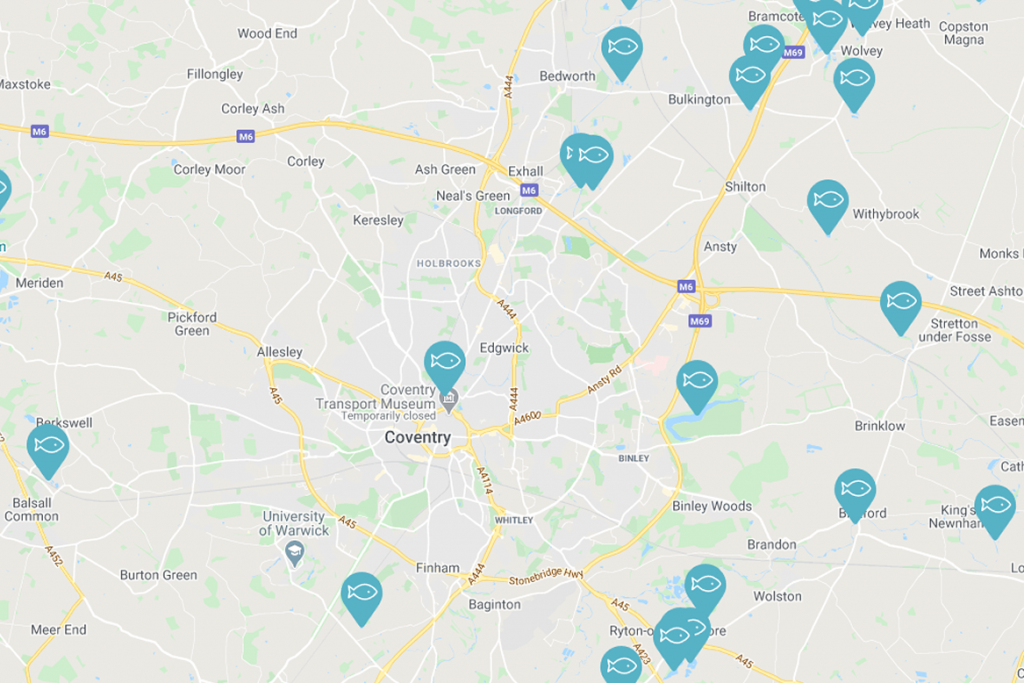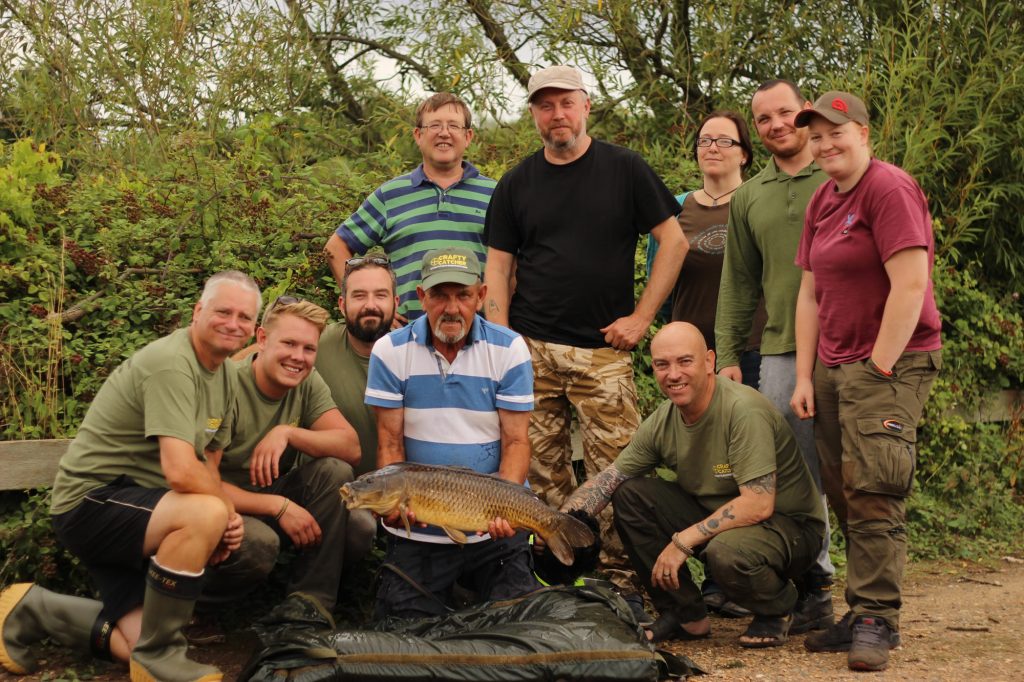
Campaigns
Much needed new European Management Plan for Cormorants moves a step closer
The Angling Trust has welcomed news of an emerging new European Management Plan for Cormorants.
The population of Great Cormorants in Europe has increased from 50,000 birds in the 1970s to an estimated population of more than 2 million today and have increasingly been nesting further up UK rivers, feeding on freshwater fish.
Great Cormorants are now estimated to be responsible for costs to aquaculture and fisheries in Europe of more than €350m per year in 2023 and 2024. Despite many local initiatives to control bird numbers they continue to rise and are now estimated to consume over 274,000 tons of fish each year costing recreational fishing clubs losses of stocked fish in the order of €100 m per year.
The draft plan, which was facilitated by the Angling Trust and the European Anglers Alliance (EAA), was co-authored by Professor Ian Cowx from the University of Hull for the European Inland Fisheries and Aquaculture Advisory Commission (EIFAAC). The Cormorant Management Plan is due to be presented to the European Commission and the United Nations Food and Agriculture Organisation (UNFAO) in October 2025 for adoption. If successful, it will then be rolled out to European governments later in the year. The plan recommends control to reduce cormorant numbers to sustainable levels to protect fish and biodiversity.
The key recommendations include:
- The objective to see a significant decrease in cormorant related conflicts.
- Acceptance that many local plans to control cormorants have not worked due to the pan-European spread and high mobility of cormorants.
- The significant biodiversity loss in forests where cormorants roost must be addressed.
- Having an ‘adaptive management plan’ informed by a rigorous ‘evaluate – adjust – adapt’ process.
- A framework to facilitate use of derogations to authorise the controlled culling of cormorants whilst maintaining their favourable conservation status.
- Assign ‘no cormorant zones for fish’ in high conflict areas.
The draft plan was recently endorsed at a special conference in Brussels attended by the Angling Trust and organised by the Polish Government who currently hold the presidency of the European Commission. It was attended by over 230 delegates from 35 countries who represented a wide spectrum of interests, including fisheries and environment policy and decision-makers, managers, representatives of bird, fish and environmental conservation organisations, recreational fisheries and aquaculture organisations, and many fish scientists, fishers and fish farmers.
The Brussels conference was told that: “Implementation of the plan, if approved, will ensure that the success of one species does not come at the cost of ecosystem balance, endangered fish species, the livelihoods of fishers and farmers, or Europe’s food security. The plan contributes to the implementation of the European Union Water Framework and Habitats Directives, the European Union Farm to Fork Strategy, European Union Biodiversity Strategy for 2030, and the European Union Nature Restoration Regulation.”
Jamie Cook, CEO, Angling Trust, stated:
“For years, the Angling Trust has been working tirelessly – often behind the scenes – to tackle the serious issue of unsustainable cormorant predation. In 2020, the UK government rejected our proposal to add cormorants to the general licence, preventing fisheries from taking the effective action needed to protect their fish stocks. Since then, and through our chairmanship of the European Anglers Alliance, we have worked relentlessly to elevate this issue to a European level, recognising that the majority of cormorant predation in UK waters is caused by migratory birds from the Baltic and wider European continent.
“It has taken thousands of hours of work and engagement with experts – including commissioning the pivotal work of Professor Ian Cowx. We’ve led the charge both domestically and in Europe, pushing this onto the agenda of key policy makers.
“The latest proposals represent another hard-won step forward. They are balanced, sensible, and long overdue and we will fully support them as we continue to overcome the latest hurdle in the long campaign to address this growing threat to our fisheries.”
Co-Author of the draft framework, Professor Ian Cowx from the University of Hull for the European Inland Fisheries and Aquaculture Advisory Commission (EIFAAC), comments:
“With the ever-increasing abundance and expanding distribution of the great cormorant across Europe, these birds have come into direct conflict with both inland and coastal fisheries, as well as aquaculture operations. In response to this growing issue, there is a clear and pressing need to manage cormorant populations to safeguard fish biodiversity, support sustainable fisheries, and protect aquaculture enterprises.
“Despite decades of requests from the European Parliament and fisheries and aquaculture authorities for a coordinated European management plan, progress has been limited. To address this gap, we have taken the initiative to draft a framework for an adaptive management plan under the auspices of the European Inland Fisheries Advisory Commission with the contract being awarded to the Angling Trust. This plan is intentionally pan-European in scope, acknowledging that local and national efforts alone have proven insufficient.
“Its implementation will engage all key stakeholders, aiming to strike a fair and sustainable balance between the conservation of the great cormorant at the European level and the protection and sustainable use of fish populations, fisheries, and aquaculture interests.”
Trevor Harrop B.E.M. Co-founder of The Avon Roach Project, adds:
“Having been part of the inception of the campaign to have the cormorant placed on the general licence here in the UK to allow the legal right to protect our vulnerable and declining inland fish populations, it has sometimes seemed, over the years, that no matter how strong and unequivocal the evidence of conflict and damage, there has been a fear and reluctance to adequately address the issue.
“Since the own-goal of having them included for protection under the Wildlife and Countryside Act 1981, and their protection under the European Union Birds Directive, overwintering cormorant numbers here in the UK have grown from 2,000 to more than 64,000 and the European population from 50,000 to 2 million, with their protection being favoured over even our designated fish species.
“Cormorants have been allowed to plunder, unchallenged, not only our inland rivers and lakes, but also some of the most valuable riverine ecosystems on planet earth – our chalk streams – of which 85% exist here in England.
“Now, perhaps, there is some hope with this very welcome European initiative, which will also bolster our ongoing efforts here in the UK. Afterall, it is the unchallenged exponential, population growth and range increase of the sub-species of great cormorant, Phalacrocorax carbo sinensis, overwintering here in the UK that is our main problem. So, I unreservedly support and endorse these proposals.”
Useful links:
Government rejects plea to add cormorants to the General Licence
You might also like

What to do if fish are gasping or spawning.…

WORLD CHAMPS GOLD FIRMLY IN THE SIGHTS OF ENGLAND…

We Fish as One supports Pride Month 2025

Sunglasses giant backs Angling Trust

Join in with the Check, Clean, Dry campaign this…

From TikTok to the classroom – Orchard School follows…
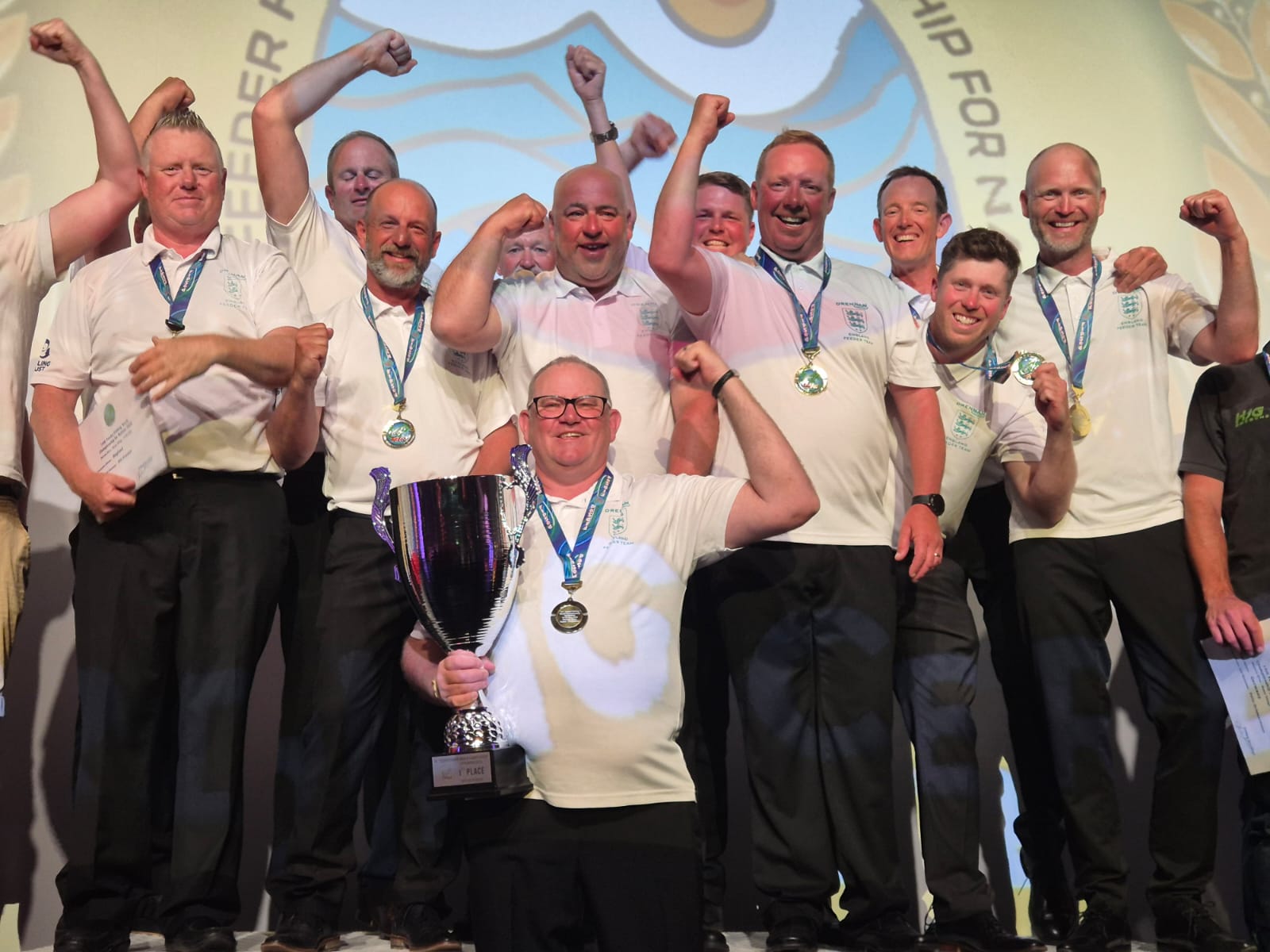
DRENNAN ENGLAND FEEDER TEAM WIN WORLD CHAMPS!

Family fishing at Aston Park Fisheries where have a…

FOURTEEN SIDES ALREADY THROUGH TO SUPERCUP ROUND 2!
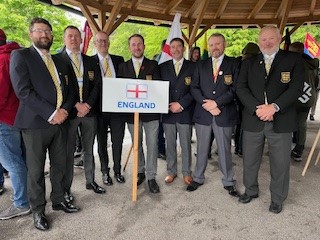
SIXTH FOR ENGLAND AT FLY WORLD CHAMPS

Much needed new European Management Plan for Cormorants moves…
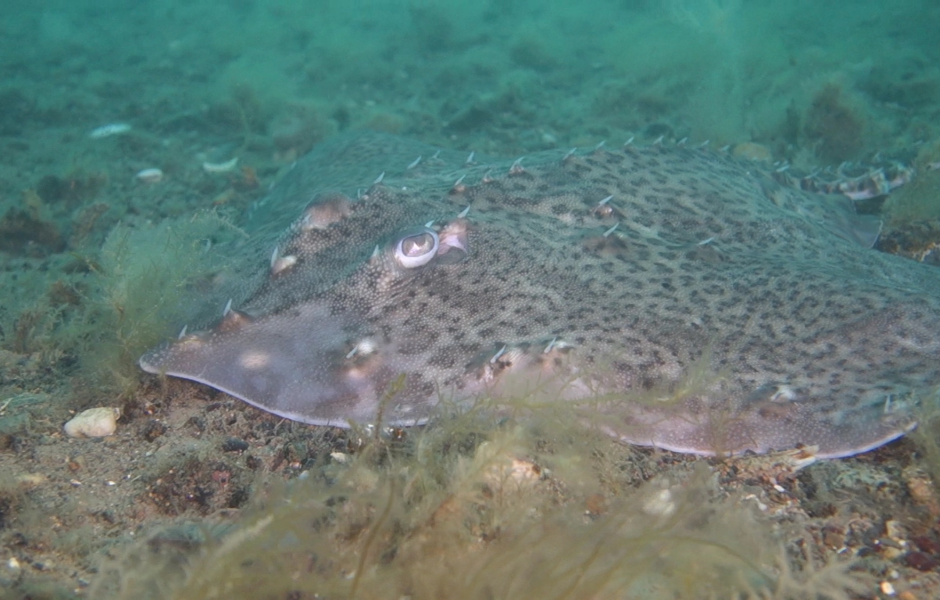
A Turning Tide: Why Ending Bottom Trawling in MPAs…

What to do if fish are gasping or spawning.…

WORLD CHAMPS GOLD FIRMLY IN THE SIGHTS OF ENGLAND…

We Fish as One supports Pride Month 2025

Sunglasses giant backs Angling Trust

Join in with the Check, Clean, Dry campaign this…

From TikTok to the classroom – Orchard School follows…

DRENNAN ENGLAND FEEDER TEAM WIN WORLD CHAMPS!

Family fishing at Aston Park Fisheries where have a…

FOURTEEN SIDES ALREADY THROUGH TO SUPERCUP ROUND 2!

SIXTH FOR ENGLAND AT FLY WORLD CHAMPS

Much needed new European Management Plan for Cormorants moves…

A Turning Tide: Why Ending Bottom Trawling in MPAs…

What to do if fish are gasping or spawning.…

WORLD CHAMPS GOLD FIRMLY IN THE SIGHTS OF ENGLAND…

We Fish as One supports Pride Month 2025

Sunglasses giant backs Angling Trust

Join in with the Check, Clean, Dry campaign this…

From TikTok to the classroom – Orchard School follows…

DRENNAN ENGLAND FEEDER TEAM WIN WORLD CHAMPS!

Family fishing at Aston Park Fisheries where have a…

FOURTEEN SIDES ALREADY THROUGH TO SUPERCUP ROUND 2!

SIXTH FOR ENGLAND AT FLY WORLD CHAMPS

Much needed new European Management Plan for Cormorants moves…







